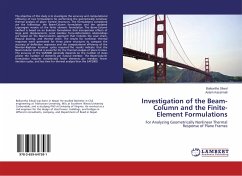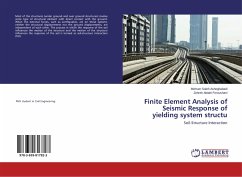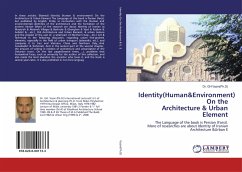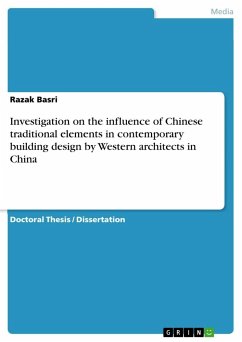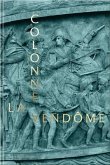The objective of this study is to investigate the accuracy and computational efficiency of two formulations for performing the geometrically nonlinear thermal analysis of plane framed structures. The formulations considered are the followings: the Beam-Column formulation and the updated Lagrangian version of the finite element formulation. The Beam-Column method is based on an Eulerian formulation that incorporates effects of large joint displacements. Local member force-deformation relationships are based on the Beam-Column approach that includes the axial strain, flexural bowing, and thermal strain. The results for nonlinear thermal responses were generated for three plane structures to compare the accuracy of deflection responses and the computational efficiency of the Newton-Raphson iteration cycles required.The results indicate that the Beam-Column method is powerful for the thermal analysis of plane frames. The accuracy of the SAP2000 generally depends on the number of steps and/or the number of elements per natural member. The Beam-Column formulation requires considerably fewer elements per member, fewer iteration cycles, and less time for thermal analysis than the SAP2000.

